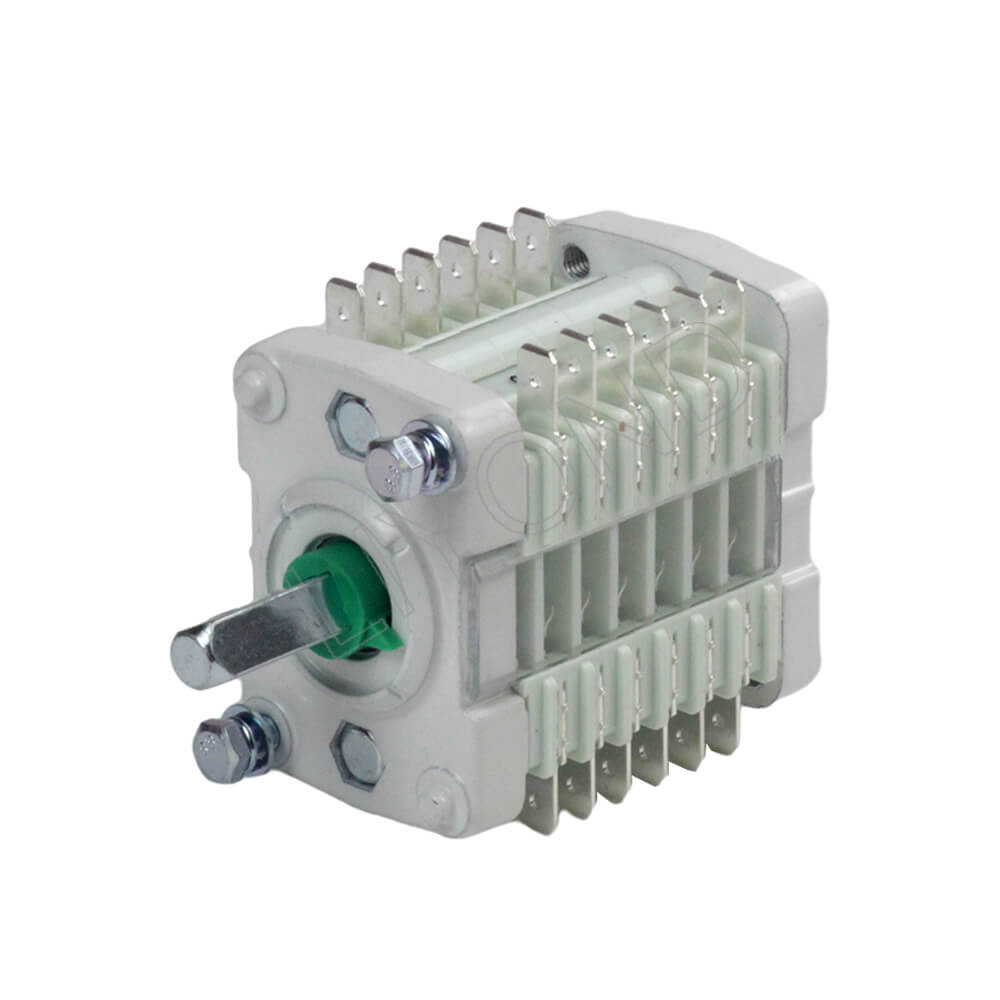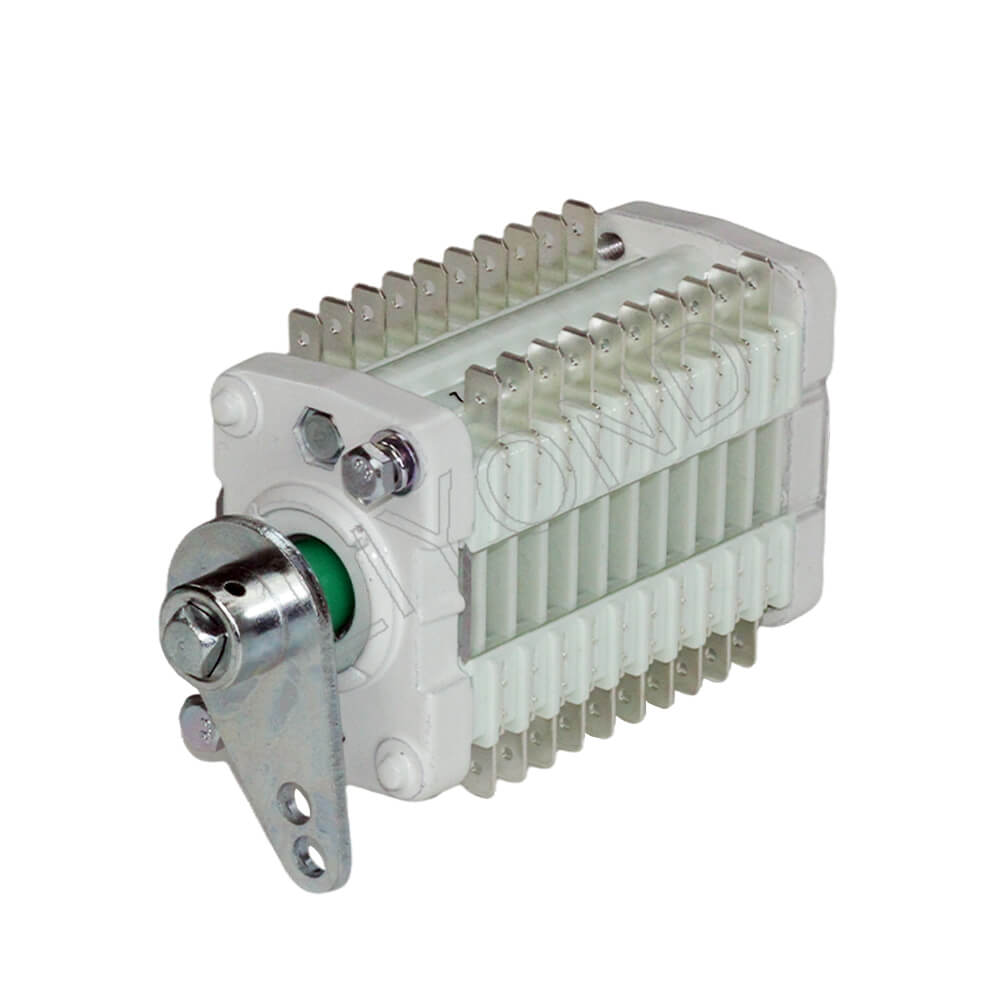The reliable operation of power systems relies heavily on medium voltage circuit breakers, where auxiliary switches, despite their compact size, are critical components. Nevertheless, common faults can arise in these auxiliary switches of medium voltage circuit breakers during long-term service. It is essential to promptly identify and rectify these auxiliary switch faults, as neglecting them can have severe consequences for the safety and efficiency of the entire power system.


Faulty Contacts of Auxiliary Switch
Faulty contact is a frequent issue encountered in auxiliary switches of medium voltage circuit breakers. Due to prolonged use, the contact surfaces of electrical switching devices can gradually wear, oxidize, or experience insufficient contact pressure due to improper installation, all of which can lead to poor contact issues. When the auxiliary switch is closed, the intended good electrical path is compromised, leading to increased resistance, heat buildup, and potentially arcing. This accelerates auxiliary contact degradation and can disrupt connected control and signal circuits, leading to signal loss and failed control commands, ultimately impacting the power system’s monitoring, protection, and operational capabilities, severely compromising overall safety and reliability.
Failed Coil of Auxiliary Switch
The operation of an auxiliary switch relies on the magnetic field generated by its coil upon energization, which moves the contacts to switch circuits. However, prolonged overload operation, caused by factors like excessive load, out-of-tolerance voltage (high or low), or frequent switching, can cause the insulation of the coil’s wire to break down. This insulation breakdown can then cause short circuits within the coil (turn-to-turn or to ground), ultimately leading to coil burnout. A burnt-out coil renders the auxiliary switch unable to drive the contacts correctly, disrupting the intended control logic for equipment start/stop and various protection/monitoring functions. This malfunction can severely threaten power system safety, potentially causing equipment to operate incorrectly or fail to operate, with the risk of widespread power outages and other severe repercussions.
Mechanical Sticking of Auxiliary Switch
Mechanical sticking is another common type of fault in auxiliary switches for medium voltage circuit breaker. This often stems from dust and debris buildup on moving electrical switchgear components like shafts and linkages over extended operation, increasing friction. Component wear and deformation can also reduce clearances or cause parts to interfere. When the auxiliary switch attempts to open or close, these moving parts become stuck, jammed, or bound, hindering proper movement. Mechanical sticking slows down the auxiliary switch’s response or can completely prevent normal operation, directly impacting the coordinated control of power system devices. This can lead to failures in isolating faults or starting backup systems promptly, expanding the fault area and reducing the power system’s reliability and stability.
Damaged Insulation of Auxiliary Switch
The insulation of auxiliary switches in medium voltage circuit breakers is paramount for power system safety. Prolonged exposure to high voltage, electric fields, temperature changes, and humidity can cause the auxiliary switch’s insulation to age and degrade, potentially resulting in cracks, peeling, or carbonization. This insulation degradation results in increased leakage current, causing energy losses and raising the risk of flashover events at vulnerable points, further damaging the insulation and potentially leading to dangerous phase-to-phase or ground short circuits. Insulation failures severely threaten the safe and stable operation of the power system, potentially triggering grid instability, equipment damage, and substantial economic losses for consumers and the community.
Preventing Power System Issues Through Auxiliary Switch Maintenance
To conclude, auxiliary switches in medium voltage circuit breakers are prone to numerous common failures, each carrying potential risks to the medium voltage switchgear. It is therefore imperative that daily power equipment maintenance routines include a strong focus on the inspection and upkeep of these auxiliary switches. Early detection and resolution of potential fault indicators are key to ensuring that auxiliary switches in medium voltage circuit breakers consistently operate in a sound state, providing a dependable foundation for the safe and stable functioning of the power system. This proactive approach is the only way to effectively prevent power disruptions caused by auxiliary switch faults, guarantee continuous and reliable electricity supply, and satisfy the power needs of industry and daily living.

